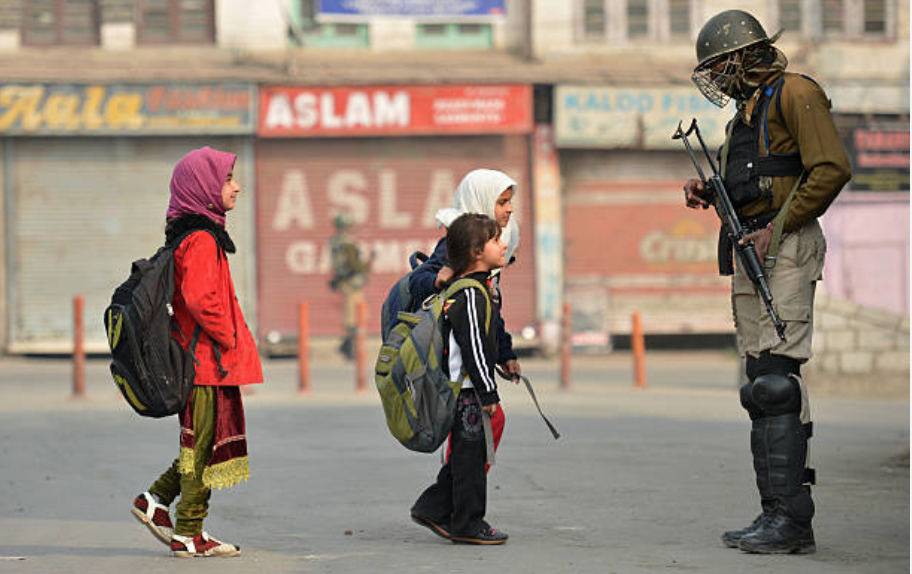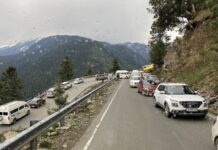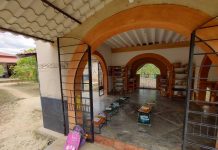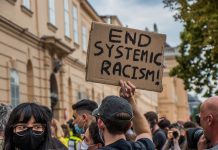
In 1947, a semi-autonomous governing status was granted to the erstwhile state of Jammu and Kashmir to erase tensions with neighbouring county Pakistan, but on August 5, 2019 the government of India dissolved this special status.
The government of India’s decision to abrogate Article 370 of the Indian constitution which granted a special status to Jammu and Kashmir, stripped the state of all the previous freedoms and exceptions that it had thus far enjoyed.
The historic move was followed up by the government deploying thousands of troops to a region which was already heavily militarised so that it could quell all kinds of possible dissent.
Not just this, the government decided to bring about a complete blockade on all forms of communication in the Valley and also cut off interest access. Major political leaders of the Valley were put under house arrest and the entire region was brought at a standstill.
Hospitals, railway stations, airports, medical facilities, educational institutions and even schools were shut down and an end was put to the normalcy of life. Such a lockdown meant that day to day life became extremely difficult for the people of Jammu and Kashmir who found it immensely difficult to seek even the basic facilities like medical care or the right to contact family members in the aftermath of the landmark decision of the Centre.
Kashmir is India’s only Muslim majority state and it is feared that the lockdown and the scraping of Article 370 could further intensify the tensions between the majority and the minority community in India.
The Kashmir lockdown received large scale media attention and many human rights organisations urged and emphasised the need to put an end on the inhumane restrictions and restore normalcy as far as the deliverance of human rights was concerned.
Well known organisation and human rights agency, Human Rights Watch has said that it is the government’s responsibility to ensure security in the erstwhile state of Jammu and Kashmir.
It asserted on the accessibility to fundamental human rights and the restoration of human dignity of everyone, including those protesting the government’s move.
It also criticised the government for having house arrested important political leaders, banning public meetings and shutting down internet connectivity in the Valley. Amid the political turmoil that has been unfolding in the Valley, it is quite certain that the instability and disturbance could drastically hamper the futures of the children of the Valley.
Millions of children in the Valley are part of the prolonged political crisis in Kashmir without any fault of theirs. Their education and learning stand completely destroyed, leaving them out of schools for a prolonged and indefinite period. Schools have largely remained closed throughout the days of the lockdown and there has been an intense climate of fear. Together all of these factors have contributed to a serious and sustained loss to the education of millions of children in the Valley and therefore has put their individual and collective futures at stake. The decades long conflict in the state has had its children among the worst victims. With erratic and uncertain schooling, the ambience of fear and conflict and a precarious relationship to normalcy of life- the instability of the Valley has taken a toll on the children living here.
Constant school closures, attacks on schools and assaults on students has been a regular affair. In 2016 alone, more than 300 schools in the Valley were closed down due to the conflict.
In this year, on an average there was only four months of schooling and for rest of the year the schools remained shut. It is not surprising then that such an ambience of conflict and instability takes a toll on the education and learning of children.
An international organisation called Relief International tells us that while the number of children who take admissions to schools in the Valley have gone up, there has been a steady growth in the impact of military conflicts on these schools too.
Declining teacher accountability, low attendance rates and the fear amongst parents about sending their wards to school has made the process of schooling irregular and erratic in the state. Repeated school shutdowns and decline in the quality of education are rampant in the Valley.
Mental Health of Children in the Valley
While educational standards do suffer a great deal at a time when the Valley is battling conflict and there is large scale militarisation of the erstwhile state, what cannot be denied is the fact that this has serious implications for the mental health of the children living in the Valley. Children of the Valley are exposed to violence, fear, trauma and perpetually lead their lives in an ambience of uncertainty, it is natural that the crisis of mental health would be one of the biggest challenges in such times.
Most schools in the Valley don’t even have access to one medical partitioner or councillor who can help out children suffering from trauma, fear and other mental anxieties born out of a perpetually conflict ridden ambience. The ongoing conflict in the Valley has certainly had a very negative impact on both the mental health as well as the education of the children. Girls have been even worse victims of the sustained militarisation and the decline in the education system.
Sexual assault is rampant in Kashmir and the state has low education rates among girls.
These events are happening not out of a void but a continued discord between the centre and the Valley. Decades of escalating relations and great conflict over the years have just been fanned by politicians and far from being resolved, the conflict in Kashmir has only multiplied manifold.
Apart from the militarisation of the Valley and the suspension of day to day life, the education system in Kashmir has experienced one of the greatest declines. Although everyone suffers a great deal and violence proves destructive for all, it is the children of Kashmir who stand to suffer the most.












